
Fall is officially in full swing and mums is the word! Hardy mums that is.
Unlike most flowers, mums are ideal for fall. They bring a classic colorfulness and a fitting liveliness perfect for the season. Known by their botanical name, Chrysanthemums, these flowers are built to withstand winter’s toughest temperatures. Mums are one of our favorite items to partner with local growers for sourcing – summer is great but we get excited when cooler weather approaches!
Mums have many variations of sizes and colors. A full day of sun is preferred for mums to have a good bloom, but they can get by with at least half a day’s worth of sun. Maximize the blooms longer by watering them directly at soil level. As blossoms die off, cut the blossom and the stem beneath it down to the next leaf on the stem. This simple trick will allow new buds to develop, and eventually the plant will flower again during the fall season.
Hardy mums are commonly seen in many colors such as sunny yellows, pinks, mauves, and orange-reds. The orange and red variations are the most fitting for the autumn season! Hardy mums may not be as bright as spring flowers, but their presence is a very appealing addition to an otherwise fading fall garden. Some hardy mums even change colors over time. “Will’s Wonderful” mums start bright red in the summer, with a touch of yellow in the center. Then, as they age, the yellow slowly spreads across the petals, eventually taking over the flower leaving only tips of red.
Our Northeast climate provides an ideal agricultural canvas for planting and growing fall mums. We’re proud to have been partnering with Casertano’s Greenhouses in Cheshire, CT and Kurt Weiss Greenhouses in Moriches, NY for over a decade, allowing us to source our Northeast-grown mums each year!
Hardy mums make a great decorative piece for fall: Get yours at your local Price Chopper or Market 32 before it’s too late!
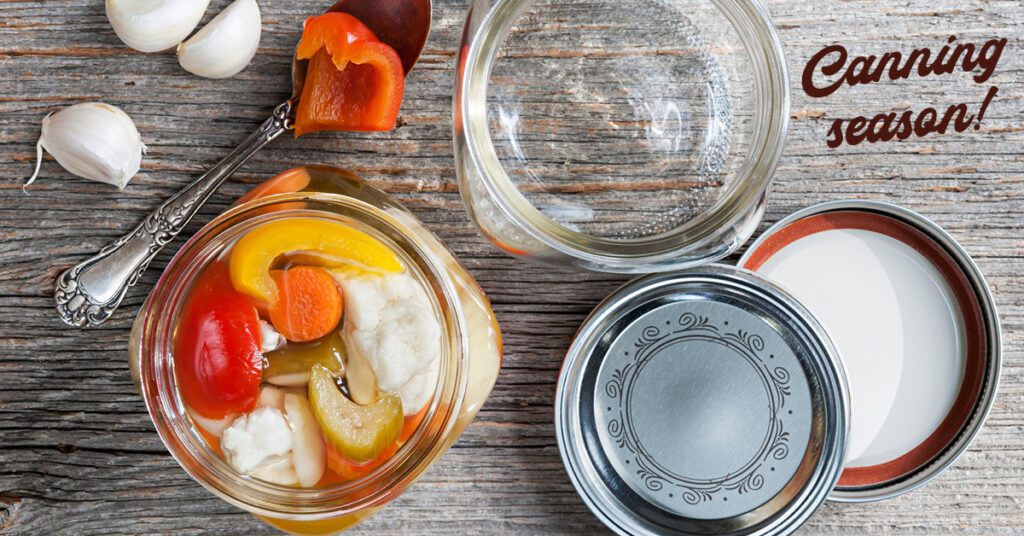
It’s Canning Season!
One of the best parts of summer is easy access to an abundance of fresh, homegrown fruits and vegetables. However, when the colder months roll around we are once again left deprived of these natural delights. Enter canning! Canning is a method of preservation, and the best way to enjoy summertime vegetables throughout the colder months.
Canning is an essential and safe, if done properly, method to food preservation. The canning process involves placing foods such as fruits, vegetables, jams, jellies, pickles, and other preserves, in jars and heating them to a temperature that eliminates micro-organisms that cause the food to spoil. During the heating process, air is driven out of the jar and as it cools a vacuum seal is formed. This seal prevents air from getting back into the jar, preventing these micro-organisms from contaminating the food and leading to successful preservation.
With fall fast approaching, we’d like to share some home canning tips to help you have as much success as possible this year. If your garden has been a success this year, you’ll probably have a good amount of vegetables to can! And if you’re canning from store-bought items, make sure to read your ingredient list closely and beforehand to see if ingredients need to be prepped before the canning process. For example, does your watermelon rind need to be soaked in brine overnight before you can begin the pickling process?
When it comes to filling, experts have said that sterilizing jars and lids is not necessary because all bacteria will be eliminated in the process. Therefore, you can reuse jars from previous years, as long as they are in good condition. You’ll just need new lids to ensure a tight seal. Jars should be washed and dried before they are filled. It’s important to soak your new lids in hot water for ten minutes to soften the rubber edge, and help the lids grip on the top of the jar when the rings are screwed on.
Once the jars have been successfully processed, let them sit, untouched for at least an hour. As the jar cools the lids will sink into the center and you may hear a “ping” sound, indicating the lids have sealed. Store your jars away from direct sunlight, in a cool, dry place. Processed foods typically are good for a year, although many items will not spoil for a longer period of time. If you see mold, discoloration, or smell something funny, discard the food immediately. If a jar’s seal has been compromised discard of the food immediately, and ultimately, when in doubt, throw it out.
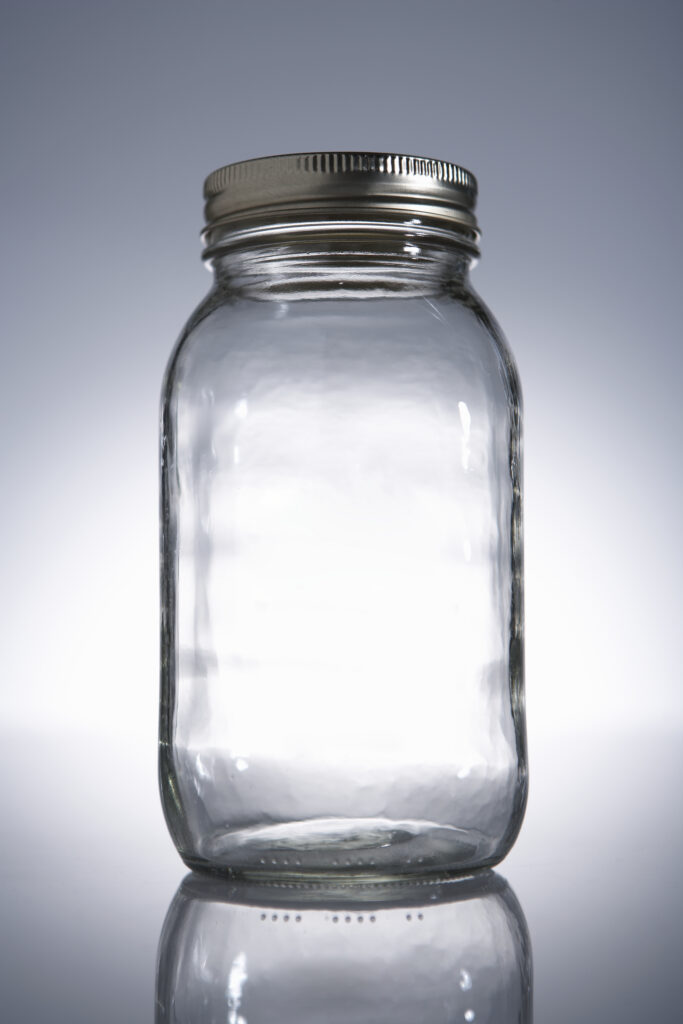
What’s basically the main ingredient in canning? Mason jars! We have them: Order yours from us here.
Happy canning!
Mia Teal
E-Commerce Marketing Department
Summer came and went in a blink of an eye. With schools back in session, you may find yourself running back and forth from sporting events, school concerts, parent-teacher conferences, and so on. When in the world can you even find time to grocery shop? Do not worry, that is what we are here for! Let us do the shopping for YOU at Price Chopper and Market 32! Not only will this alleviate some stress, but it will save you an abundance of time.
Grocery pickup has taken off in the past few years with the pandemic really proving how effective and efficient online grocery shopping is. You can save so much time during your busy day by allowing us to shop for you. We have trained, skilled, and compassionate team members who are very familiar with our stores. Our team members see different varieties of food all day long, so they are able to locate items in a timely fashion as well as choosing great replacement options. If an item you have requested cannot be located and must be replaced, our team members can message you directly through the app to see what your preference would be. Another great feature of online grocery shopping for pickup is that you can make as many changes to your order as needed until it is checked out.
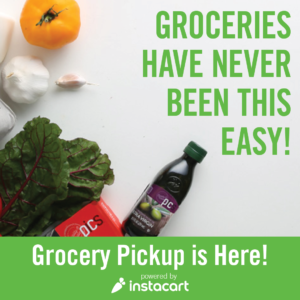
When placing orders for pickup, our loyalty points system and e-coupons work exactly the same as if you were to shop in-store. You still accumulate AdvantEdge points for the items you buy and can now redeem your points in more ways than ever before. You are currently unable to redeem points for online orders, however. For e-coupons, as soon as you clip the ones you want and add the items to your cart, you will see the discounts in your cart in real time. Even if you forget to clip an e-coupon and add items to your cart, the cart will tell you whether any e-coupons apply. How convenient!
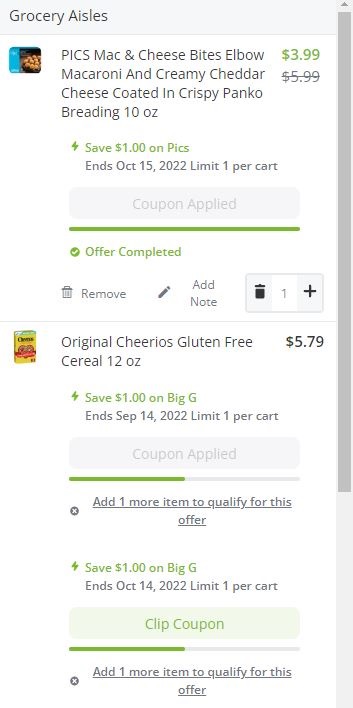
The whole point of grocery pickup is to save you time, so our teammates strive to keep your wait under five minutes upon arrival. It is important that you park in our designated pickup spots right in front of the store so our team members can find you as quickly as possible. Oh, and we cannot forget to mention that you do not even have to get out of the vehicle! We will load your groceries right in the car for you.
The next time you find yourself scrambling to find time to grocery shop, remember that you have Price Chopper and Market 32 to do the shopping for you!
How To Place a Grocery Pickup Order:
- Create an account on our website if you do not already have one.
- Choose your store of choice.
- Select items.
- Choose a day and time slot for pickup.
- Submit your order.
- Receive notification that a teammate has started your order, any replacements that need to be made, and that your order has been completed.
- Notify us via app or phone call when you arrive. Park in a designated parking spot in front of the store (There will be green signs indicating where to park).

Back-to-School Allergy Planning - What You Need to Know
Ellie Wilson
MS, RDN
Food allergies are a very stressful issue for children and families. Given how diverse our food supply is, and the potential for foods to be ingredients or potential exposure to allergens in kitchens and prep areas means every mouthful is meaningful.
There are nine food allergens identified as having significant prevalence that must be clearly labeled by law. The Food Allergen Labeling and Protection Act [1]was rolled out in 2004 and has been an important tool for those navigating these issues. The original eight allergens are: milk, soy, peanut, fish, shellfish, wheat, (tree) nuts, and eggs, and sesame was added to the federal list in the Spring of 2021.
One of the most common and most concerning is peanut allergy. Sensitivity can range from slight to life-threatening, and the issue may not be on the radar until a frightening health episode. For many with peanut and other severe allergies, it is critical to maintain and carry an epinephrine auto-injector in case of accidental exposure. Family, childcare providers, friends, school nurses and teachers should all be trained to read food labels to avoid allergenic foods, understand signs of exposure and have an emergency response plan. To ease this process, Food Allergy Research and Education, a non-profit supporting those with allergies, has an emergency plan resource document.
The Price Chopper/Market 32 Pharmacy Team is conducting an awareness campaign about epinephrine auto-injector management, ask your pharmacist to assist with keeping these vital devices ready if they are needed. Work with your healthcare provider to ensure an emergency plan is in place.
There is some good news – strong research[2] has shown it is possible to avoid developing a peanut allergy. Infants that show early signs of possible allergy issues, including family history, eczema and egg allergy may be on the road to a peanut allergy as well. If identified early, and coordinated/supervised by an allergist, pediatrician and registered dietitian-nutritionist, it has been shown that peanut allergy development can be mitigated/reduced with very controlled micro-doses (6-7 grams) of peanuts over time, and timing of that intervention is key. Ideally, the process should start when the baby is just starting on foods, at about the 6-month mark. It should NOT be attempted without coordination and supervision of experienced healthcare providers. It is a recent development in allergy prevention and care, discussion of any concerns should occur at one of the first pediatrician visits, so risks can be assessed as soon as possible. Early and medically supervised intervention could offer significant health and quality of life benefits if peanut allergy can be avoided.
[1] https://www.fda.gov/food/food-allergensgluten-free-guidance-documents-regulatory-information/food-allergen-labeling-and-consumer-protection-act-2004-falcpa
[2] Togias A, Cooper SF, Acebal ML, et al. Addendum Guidelines for the Prevention of Peanut Allergy in the United States: Summary of the National Institute of Allergy and Infectious Diseases-Sponsored Expert Panel. J Acad Nutr Diet. 2017;117(5):788-793.
https://farrp.unl.edu/for-consumers
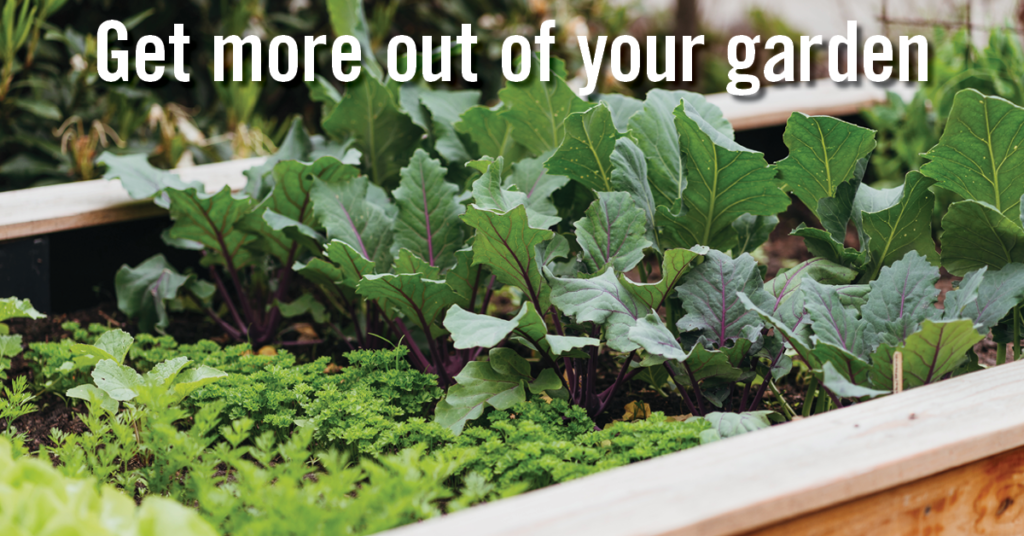
Vegetable Storage Hacks!
Mia Teal
E-Commerce Marketing Intern
If you are someone that enjoys growing a garden in the summer and is dedicated to taking care of it, you may be experiencing an overflowing volume of vegetables. While having a surplus is a good thing, you might be running out of people to share your vegetables with! We have some tips and tricks on how to store your vegetables to extend their lifespan, as well as delicious recipes that can be made. After all, summer is winding down and we would hate to have you lose all your hard work.
When storing your produce, you first need to consider what types of vegetables you have and whether it should be stored in a room-temperature area or in a refrigerator. For example, potatoes, sweet potatoes, squash, garlic, tomatoes, and onions should be stored at room temperature, like a counter or kitchen table. Additionally, these types of produce should not be covered by a bag to allow them to breathe.
On the contrary, vegetables that should be refrigerated and stored in a sealed container or Ziploc bag include leafy greens, broccoli, cauliflower, radishes and carrots. By refrigerating produce in a sealed Ziploc bag, the cool moisture is held in. Additionally, ensure that the green tops of the radishes and carrots are removed prior to storage.
When storing your produce, be wary of what items you store next to each other. Apples should not be refrigerated directly next to leafy greens, broccoli, or cabbage due to ethylene gas that apples produce. This type of gas begins the ripening process and as apples begin to ripen, more ethylene gas is produced. Leafy greens are sensitive to ethylene gas, and by placing these next to produce like apples, you may lose your lettuce sooner than expected!
It is important to note that regardless of how well you store your produce, they will only last approximately one to three weeks depending on what type of vegetable it is. That is why you should always use your instinct to judge whether or not your vegetables should be consumed or thrown out.
Another great option is to try a new recipe using your fresh produce. Check out the recipes we have created below!
Spinach & Apple Salad with Raspberry Vinaigrette : This combination of fresh apples, tomatoes, and spinach mixed with pecans and Gorgonzola cheese is the perfect side salad at dinner!
Instant Pot® Tortellini & Vegetable Soup: While this recipe calls for frozen vegetables, replace it with vegetables of your choice from the garden!
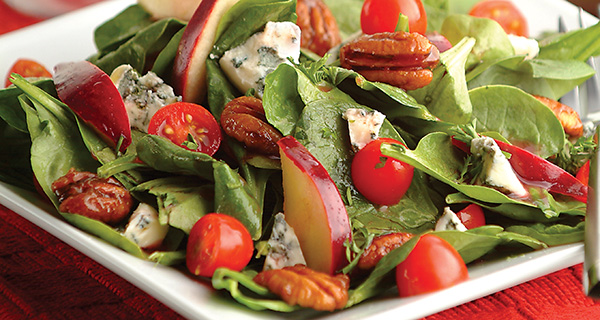
Air Fryer Loaded-Taco Baked Potatoes with Guacamole: This baked potato is filling, healthy, and delicious for even the pickiest of eaters! Be sure to stop by your local Price Chopper or Market 32 for PICS cheese and sour cream.
Open-Faced Butternut Squash and Kale Omelet: This hearty and healthy breakfast is delicious and easy to make! All you need are PICS eggs and bacon, your garden vegetables, and spices of your choice.
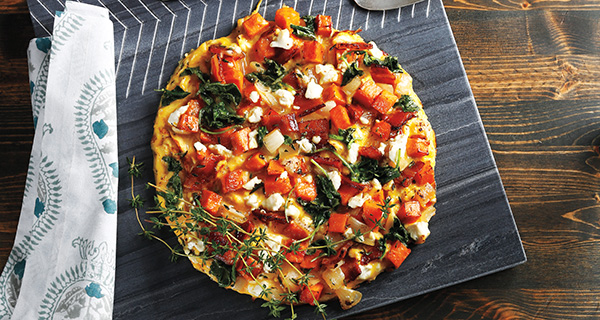
Happy Gardening!
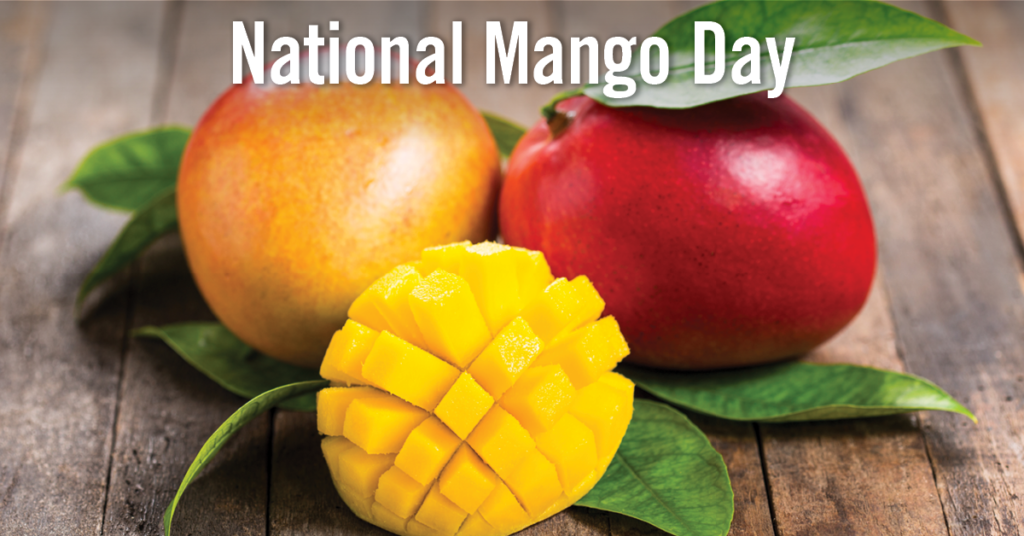
Mango Mania!
Mia Teal
E-Commerce Marketing Intern
Did you know there is an entire day dedicated to celebrating mangos? That day just happens to be today, July 22nd! Happy National Mango Day to all our mango-loving customers!
The History of Mangos in India:
Mangos flourish in sub-tropical regions and were first grown 5,000 years ago in India. While many of us eat mangos as a delicious snack or in a recipe, there is a much deeper meaning to mangos in India. Mangos are a symbol of love in this country and giving a basket of mangoes is a gesture of friendship. Today, India is the world’s largest producer of mangoes!
Mango Varieties – When are they in season?
When you go to your local Price Chopper or Market 32 to purchase mangoes, you may not realize that there are hundreds of different mangoes! Even more interesting, not all mangoes grow in the same season. Check out a few below!
Honey Mangos:
Honey mangoes are a vibrant yellow that turns a deep golden color when fully ripe. The taste is super sweet, and, well, has a honey flavor of course!
Peak Availability: Between March and July.
Rainbow Mangoes
Rainbow mangoes can grow up to seven inches long with a thin, multicolored skin. They are very sweet and turn a blush red color when ripe.
Peak Availability: Spring to early summer
Haden Mangoes:
When eating this type of mango, you can expect a sweet, yet, bitter aftertaste. These mangoes are bright red with green undertones which turn yellow as they ripen.
Peak Availability: March to May
Ice Cream Mango:
Yes, you read that right! Ice cream mangoes are about five to six inches long. The flavor is sweet and resembles a mango sorbet flavor.
Peak Availability: June and July
Keitt Mangoes:
Popular in Asian countries, Keitt mangoes are sweet and fruity. Unlike many other mangoes, this type stays green even when ripe.
Peak Availability: March to April, August and September
Interested in more ways to eat mangoes? Check out a few of our recipes below!
This delicious meal will have you coming back for seconds! A few main ingredients in this recipe include tilapia, mango, cayenne pepper, and PICS white rice.
This is the perfect Sunday-morning breakfast that your family will love!
Change up your next “Taco Tuesday” with these pulled chicken tacos. The sweet and salty combination is a must-try!
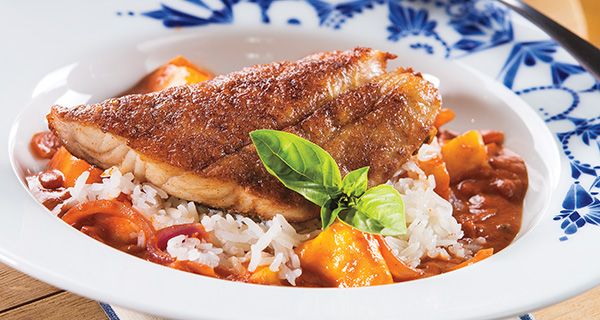
Happy National Mango Day!
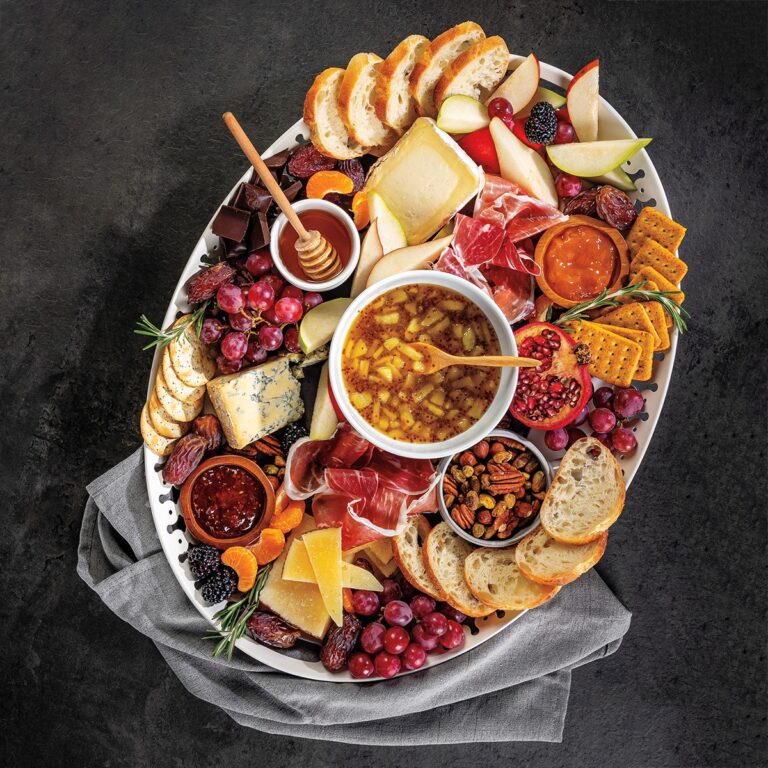
How to Build Your Own Charcuterie Board
Charcuterie boards present a thoughtful selection of meats, cheeses and accompaniments that make for low maintenance, snack-style meals. They’re perfect for entertaining and encourage mixing and matching of ingredients that create unique, flavorful bites. The art of composing a charcuterie board can be as simple or as sophisticated as you’d like. Use these quick tips to create your ultimate charcuterie board.
Meats
The heroes of the board, charcuterie meats range in taste from mild to spicy and come in varying textures from delicate to thick and chewy. Rich, cured charcuterie meats are excellent in small doses, so choosing two to three meats to feature is sufficient. Try melt-in-your-mouth prosciutto, smoky salami, spicy chorizo or zesty pepperoni.
Cheeses
When selecting cheeses, consider texture, flavor, type and style. Draw inspiration from your meats – mellow out rich meats with soft cheeses like mozzarella, Brie or goat cheese. Pair milder varieties, like prosciutto, with complex cheeses that have eclectic profiles such as pungent blue cheese or sharp Manchego.
Fruits & Preserves
Seasonal eating applies to boards too! Sliced fresh fruit and berries are perfect for summer boards while winter boards give citrus, grapes and dried fruits a place to shine. No matter the season, our home.grown. produce offers the freshest, locally sourced, in-season fruits year-round. For a spreadable, fruity component, give our Pear Mostarda recipe a try!
Bread & Nuts
Slices of toasted bread or assorted crackers can balance the tastes of your board’s strongly flavored ingredients. Nuts can also intensify the crunch factor. Use shelled and salted varieties such as pecans, hazelnuts, pistachios and almonds.
The best charcuterie platters have a little bit of everything – so don’t be afraid to get creative and experiment with different components. For more charcuterie inspiration, see page 30 of our Ready magazine!
Shop Charcuterie Essentials
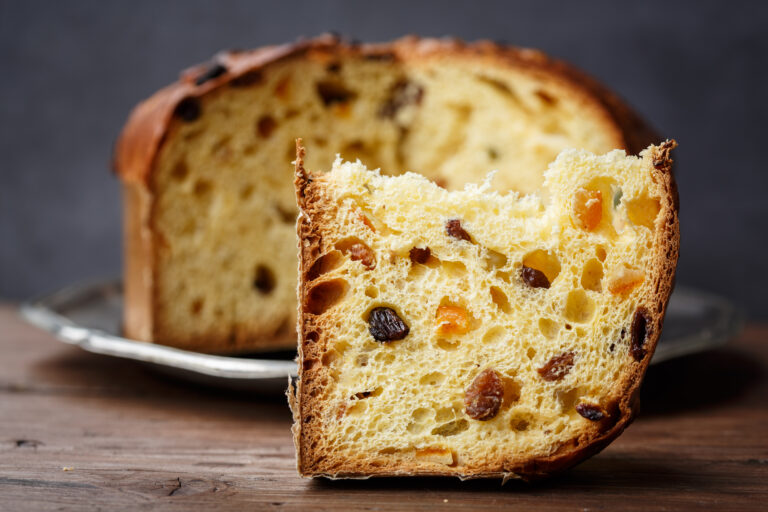
The majority of holiday celebrations around the world involve indulging in delicious feasts; however, the foods we eat and the traditions we practice vary. In Italy, elaborate dishes are the center of everyday meals and are emphasized at Christmas! If you’re looking to expand your horizons this holiday season, use the following tips to host an Italian-inspired, multi-course meal that embraces age-old Italian customs and creates priceless (and delicious!) memories with friends and family.
The Christmas Eve meal is traditionally meatless – instead, Italians enjoy a diverse variety of fish, also known as the Feast of the Seven Fishes. Don’t let this seven-course feast intimidate you. Fill your menu with familiar, easy-to-prep dishes that take some heat off of the host. Shrimp Toasts and seafood spreads containing crab, salmon or salted cod are crowd-pleasing starters that are perfect for preparing in advance. For the main courses, pasta and stews symbolize iconic Italian classics. Shrimp Alfredo, seafood linguine with clams or mussels, cioppino and Bouillabaisse are all dishes that showcase succulent seafood beautifully. Maple-Walnut Crusted Salmon and Classic Lobster Rolls are additional impressive dishes that make a big statement in your seafood lineup.
Don’t forget dessert! Both light and fluffy, panettone and pandoro are two Christmas cakes that your guests won’t want to miss. Panettone is studded with raisins or candied fruits, and pandoro is a moist, bright yellow cake (traditionally star-shaped) that’s dusted with powdered sugar. Serve these sweet treats with sauces like caramel, chocolate or maple syrup.
To follow ancient Italian tradition, keep the table set after everyone is finished eating; it’s believed that the Madonna (Mary) and baby Jesus will come to taste the food. The Christmas season in Italy begins December 8th and ends January 6th – providing many opportunities to practice and experience these time-honored traditions.

How many times has this happened – you have a busy week, not sure you will be able to get everything done, and then – the weather slows you down (or stops you completely), or someone gets sick, and your whole plan is out the window? We can help you restore some of the balance to your week with grocery delivery or click and collect pick up! A few minutes shopping with us online could get back on track with your busy holiday season. And, if you are trying to stay focused on your giving and gifting, check out our meal ideas to make that cyber shopping even faster!
The weather outside may be frightful, but these meals are just delightful! Keep everyone happy at the table with tender Certified Angus Beef Braciole, substitute Botticelli Pasta Sauce for the tomatoes and spices in this recipe for Slow Cooked Beef and Mushroom Braciole, paired with a Fresh Express Salad Blend and Bakery Italian Bread to kick off the week. Leftovers, (if you have any), make a great lunch for work the next day. Keep the second loaf of bread and jar of sauce handy for an easy, cheesy dinner made with frozen PEDE Ravioli, made right here in Schenectady County by one of our home.grown. local partners. The Botticelli Sauce and Bakery Italian Bread will get everyone to the table in a flash! In between, enjoy some NEW fresh stuffed fish – salmon, cod and haddock options mean something for everyone. Tender and quick cooking, each with a savory filling, paired with fresh asparagus or baby carrots is a seafood and produce power play. If you don’t have time to cook fresh, frozen is right there waiting – PICS Steambag Veggies, Green Giant Boxed Frozen Veggies, or Pict Sweet Farm Favorites. Double up servings of your favorite frozen produce for an easy way to eat more vegetables – only 1 in 10 of us get enough! Eating more seafood and produce are both smart moves – together they bring you closer to meeting nutrition recommendations for children and adults alike.
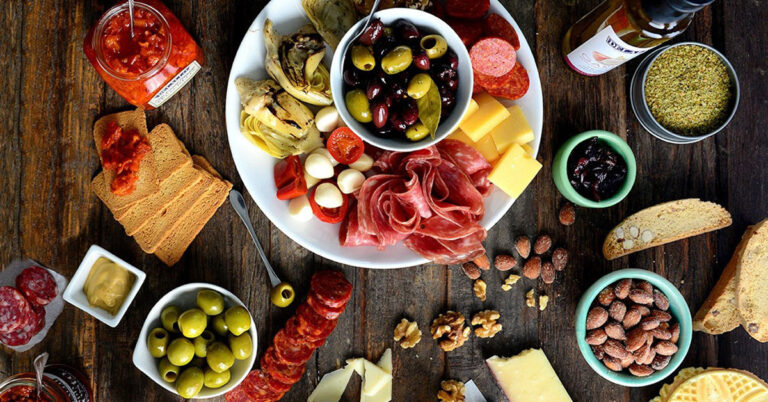
Olives are adored in food culture. Their history is so extensive in the Mediterranean that to an Italian, it’s almost as if an olive tree is a treasure box and the olives are the gold inside. They come in a wide variety of colors, tastes, styles, and curing methods, making them one of the more versatile fruits. In the Mediterranean, olive trees are seen as a symbol of peace and victory, while bringing about feelings of harmony, vitality, and health. Olive trees were first grown before language was invented, and they are one of the oldest cultivated trees.
Olives come from all over the world, in an array of different varieties. They get their features from a number of different factors, including their environment and time of harvest. From green Italian Castelvetrano to the tangy Greek Calamata, these fruits are as complex as they are plentiful! There are hundreds or different types of olives around the world, each with their own unique characteristics, including, color, size, shape, and most importantly flavor. When it comes to color, the exact moment an olive is harvested makes the difference. Green olives are younger, while black olives are ripened. The maturity level of an olive affects its texture and taste.
Ultimately, it’s the curing style that gives each olive its distinct taste. You can cure the same olive two different ways and create two very distinct experiences. But what does it mean to be cured? Good question! Raw olives contain oleuropein a bitter compound, through the curing process, oleuropein is leaked out of the olive making them ripe and ready to eat. There are three different types of cures: Natural Brine Cure, Salt Cure and Lye Cure.
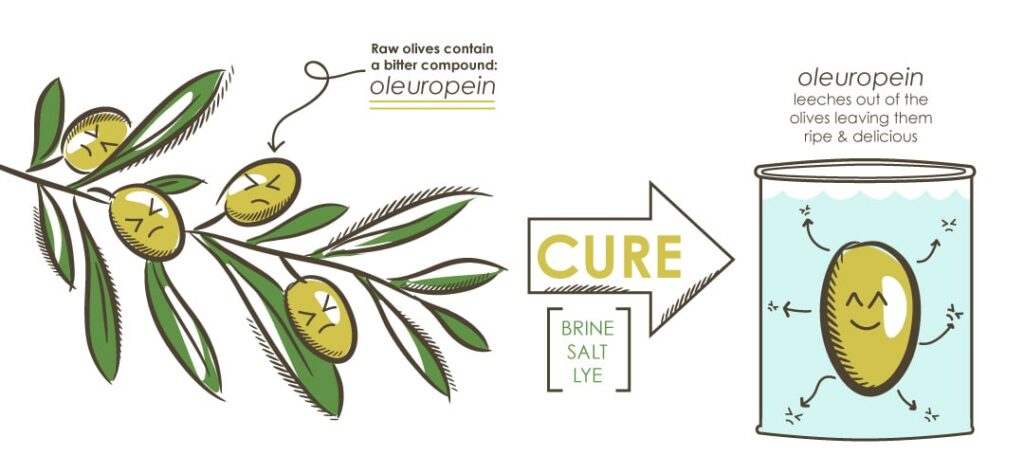
Natural Brine Cure: A natural process where ripened olives are fermented in salt water. This method takes multiple months to complete, but the result is a very tasty olive, and because of the results this technique is preferred among most olive experts.
Dry or Salt Cure: An intense method where olives are packed in salt to remove the bitterness and moisture, resulting in a dried-out, wrinkly fruit, with a deep and concentrated flavor. These olives are often packed in oil, giving them a plump and juicy bite.
Lye Cure: Lye, also known as caustic soda, is a curing agent used to speed up the curing process. Rather than months, Lye can complete the process in just a matter of days or weeks. The process is followed by a thorough rinsing. The downside of a Lye Cure is often a more dull olive.
With the tremendous amount of olive varieties available there is something for everyone! Try them for yourself and find your new favorite. We recommend starting your search with the wide range of olives available at your local store. And for some olive-spiration check out the recipes on our All About Olives Pinterest Board!


